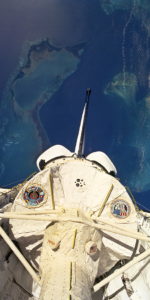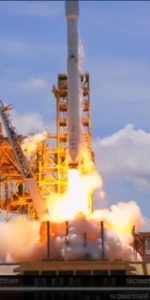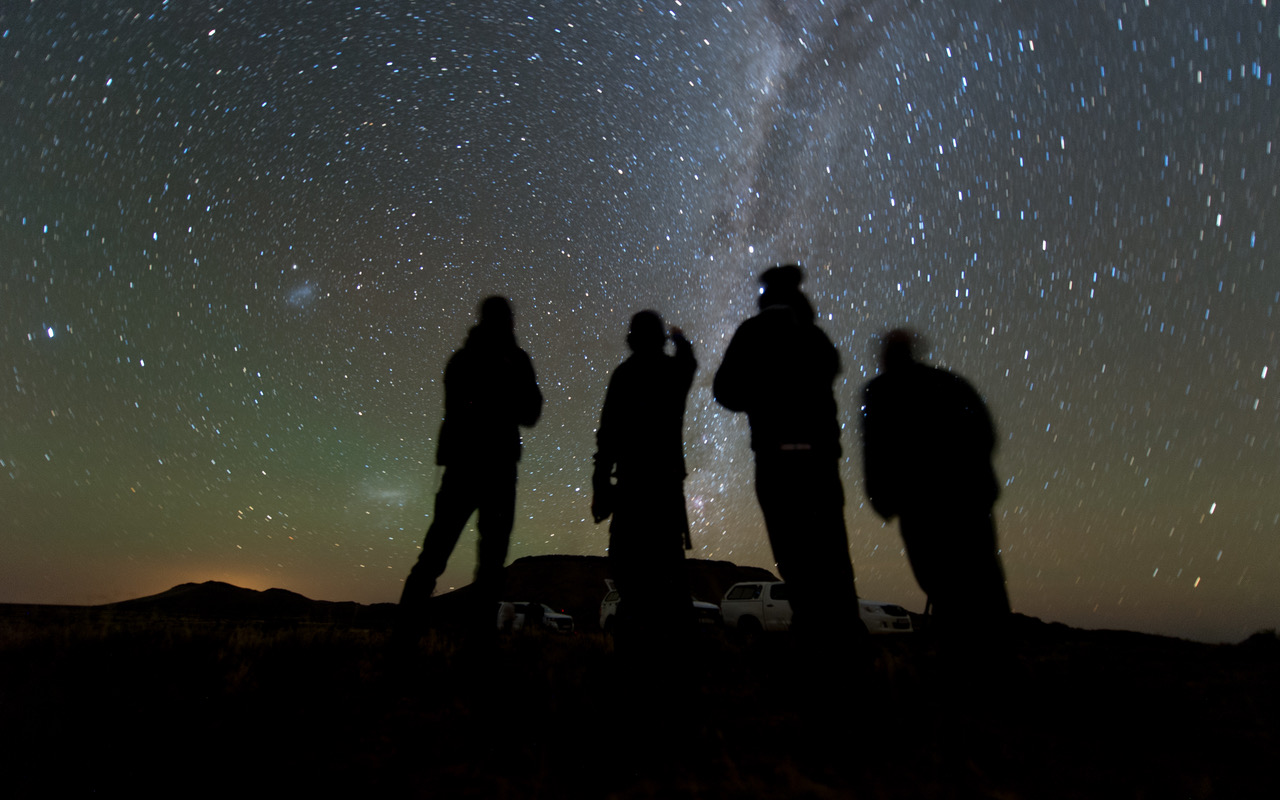
With the Pluto flyby now well behind them, the New Horizons team has been busy preparing for the next encounter, the small Kuiper Belt Object (KBO) called 2014 MU69. New Horizons is scheduled to fly past 2014 MU69 on Jan. 1, 2019, and it will be the farthest Solar System body to ever be visited so far. From June 2-3, astronomers in Argentina and South Africa pointed their telescopes at 2014 MU69, hoping to catch its “shadow” moving across a background star as it transited the star (also known as a stellar occultation). This would help determine the object’s exact size and allow the mission team to fine-tune the planned flyby. Back at Pluto, there is more evidence, from data gathered by New Horizons during the flyby, for clouds in Pluto’s thin atmosphere.
“The stars aligned for this observing campaign, which was implemented expertly by the team,” said New Horizons Program Executive Adriana Ocampo at NASA Headquarters in Washington, D.C. “It’s amazing how classical astronomy – from small telescopes to some of the most advanced observatories on Earth – is helping New Horizons plan its next flyby, and it shows how truly global space exploration is.”
The observations went well it seems, according to Principal Investigator Alan Stern, with data collected from all 54 observing teams involved (known as KBO Chasers).
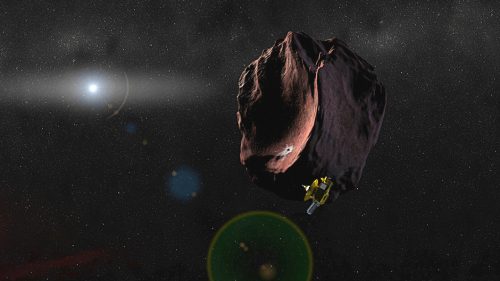
“A tremendous amount had to go right to correctly execute such a massive observation campaign, but it did,” said Principal Investigator Alan Stern, of the Southwest Research Institute (SwRI) in Boulder, Colorado. “The main goal of these observations was to search for hazards; the secondary objective was to try to glimpse the occultation of MU69 itself, in order to learn its precise size. Scouring all the dozens of datasets for these two objectives is going to take us a few weeks.”
The success of the observations is due in large part to the Gaia satellite and Hubble Space Telescope. Gaia star positions were combined with Hubble images to provide the information needed to predict the path of MU69’s very narrow shadow across Earth.
“Without Gaia and Hubble, I doubt we could have succeeded so well at this,” Stern said. “Gaia and Hubble were crucial to this success and we thank them both.”
As also noted by Marc Buie, New Horizons SwRI co-investigator, “The Gaia star data has been critical this entire operation. Without it, there was no way we could have predicted such an accurate path.”
There will be two more opportunities this summer to watch stellar occultations by 2014 MU69, on July 10 and 17. NASA’s airborne Stratospheric Observatory for Infrared Astronomy (SOFIA) will also be able to observe the occupation on that day, with no clouds or haze to interfere. Then, on July 17, the New Horizon team will use two dozen small mobile telescopes (each 16 inches/40 centimeters in diameter) in the far southern lands of Patagonia, Argentina to observe the final occultation, but this time using a brighter star in the background. This will make it easier for astronomers to look for evidence of debris around 2014 MU69.
“Our primary objective is to determine if there are hazards near MU69 – rings, dust or even satellites – that could affect our flight planning,” said Stern. “But we also expect to learn more about its orbit and possibly determine its size and shape. All of that will help feed our flyby planning effort.”
“Deploying on two different continents also maximizes our chances of having good weather,” said New Horizons Deputy Project Scientist Cathy Olkin, from SwRI. “The shadow is predicted to go across both locations and we want observers at both, because we wouldn’t want a huge storm system to come through and cloud us out – the event is too important and too fleeting to miss.”
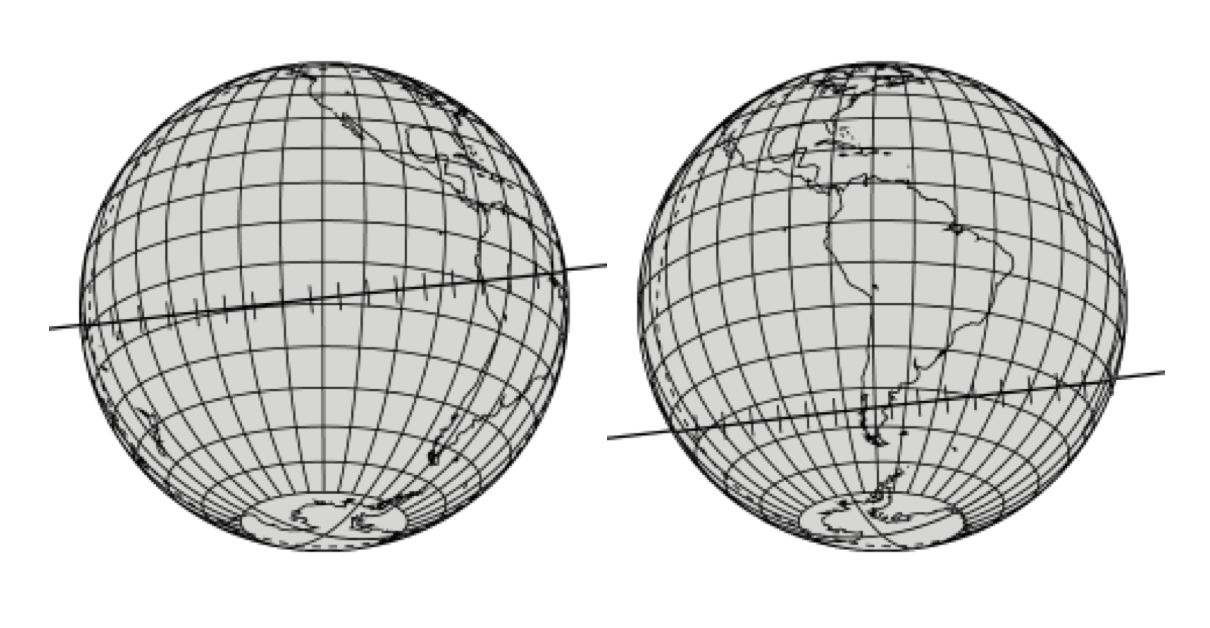
The flyby of 2014 MU69 presents a rare and fleeting opportunity to see a KBO close-up.
“Spacecraft flybys are unforgiving,” Stern said. “There are no second chances. The upcoming occultations are valuable opportunity to learn something about MU69 before our encounter, and help us plan for a very unique flyby of a scientifically important relic of the solar system’s era of formation.”
In May 2016, AmericaSpace reported on previous images and science data taken by New Horizons of another KBO similar to 2014 MU69, called called 1994 JR1. It also is tiny, only 90 miles (145 kilometers) wide and more than 3 billion miles (5 billion kilometers) from the Sun.
“Combining the November 2015 and April 2016 observations allows us to pinpoint the location of JR1 to within about 600 miles (1,000 kilometers), far better than any small KBO,” said Simon Porter, a New Horizons science team member from SwRI.
New Horizons won’t fly past 1994 JR1, but the observations are still very useful for planning the flyby of 2014 MU69 given that they are similar objects.
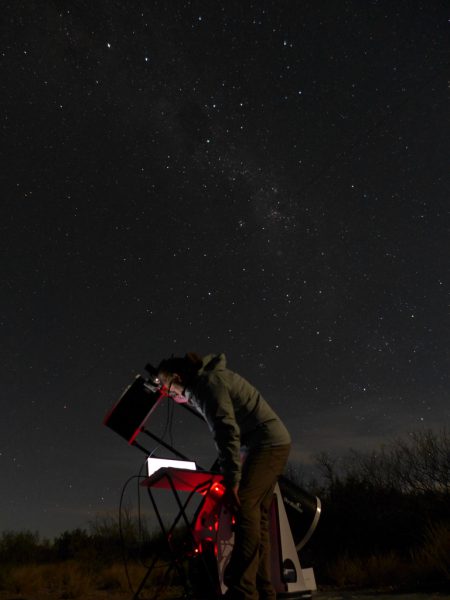
Meanwhile, back at Pluto, scientists are still making discoveries with the data collected by New Horizons during the flyby in July 2015. One of these is possible clouds in Pluto’s atmosphere, referred to as Possible Cloud Candidates (PCCs). There had been some evidence for them discussed already (and see also the report here) but now a new report details additional evidence for their existence. From the abstract of the new paper:
“Several trace constituents can reach saturation vapor pressure in Pluto’s present day atmosphere. As such, we describe a search for discrete cloud features in Pluto’s atmosphere using New Horizons data obtained on 14-15 July 2015, during the Pluto flyby closest approach. We report that Pluto’s present day atmosphere is at least largely (>99% by surface area) free of discrete clouds. We also report a handful of features that may plausibly be clouds, all of which were detected obliquely and at high phase angle observing geometry. No cloud candidates were identified away from the terminators or in low phase (backscattering geometry) images.”
Compared to Earth, the clouds seems to be few and far between, but just the fact they apparently exist shows how Pluto’s atmosphere is more complex than previously thought.
As noted earlier by Stern, “If there are clouds, it would mean the weather on Pluto is even more complex than we imagined.”
The possible clouds seen so far all (seven) share the same characteristics, including (from the paper):
- Small Size. Both direct image analysis and georeferencing techniques confirm that all the PCCs are relatively small in size (10s of km maximum dimension).
- Low Altitude. All of our PCCs appear to lie near (within a few kilometers) of the surface. While their altitudes above the surface were not well constrained due to a lack of stereo imaging coverage at their locations, they additionally all appear to be low-lying relative to local topography, which would be also consistent with the predictions of the cloud condensation models discussed in §2.
- Early/Late Local Time of Day. All of the PCCs lie near local dawn or dusk. This is consistent with formation in cooler conditions where condensation is preferred, but could also be an observational selection effect resulting from the more favorable observing geometry near the planet’s limb. A future orbiter mission should be able to distinguish between these possibilities.
- Oblique Detection Geometry. Finally, we note that all of the PCCs we identified were detected obliquely. Such detections may be the result of a selection effect in which enhanced path length may facilitate detection, indicating that additional PCCs may have escaped detection at more normal observing geometries.
The formal conclusions of the paper include:
- At the current epoch, Pluto’s atmosphere is almost entirely or entirely free of clouds.
- The seven PCCs we identified cannot be confirmed as discrete clouds because none are in regions where (i) stereo imaging, (ii) surface-lying shadows, or (iii) limb viewing geometry can be used to definitively demonstrate they are above ground features.
- Nonetheless, all seven PCCs share a range of common features (see §4) that circumstantially bolster the case that some or all may be low-lying clouds.
- No clouds were detected as discrete features above the limb, at backscattering (low phase angle) geometries, or away from Pluto’s terminator. Because hazes were detected to altitudes as high as 220 km, we believe clouds could also have been be detected to such altitudes.
- Cloud condensation modeling we performed using vertical 1-D models indicates that our PCCs cannot be due to N2 or CO condensation, but could be the result of condensation of any of several atmospheric trace species including HCN, CH4, or any of several known light hydrocarbons.

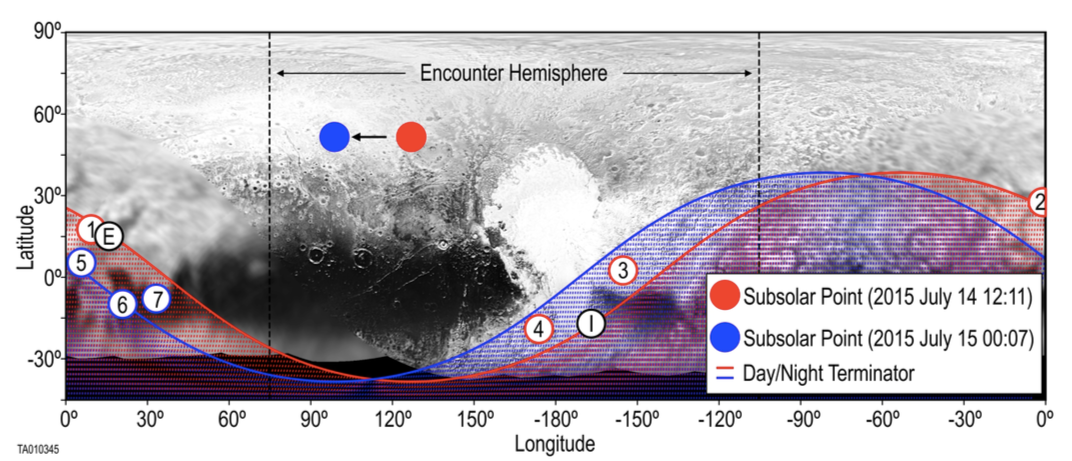
Last April, New Horizons reached the halfway point between Pluto and 2014 MU69 – specifically, at midnight (UTC) on April 3, or 8 p.m. ET on April 2.
“It’s fantastic to have completed half the journey to our next flyby; that flyby will set the record for the most distant world ever explored in the history of civilization,” noted Stern.
Even though 2014 MU69 will be the next highlight of the mission, New Horizons will be remotely observing other KBOs as well, of which there are thousands in the Kuiper Belt (with Pluto being the largest).
“The January 2019 MU69 flyby is the next big event for us, but New Horizons is truly a mission to more broadly explore the Kuiper Belt,” said Hal Weaver, New Horizons project scientist from APL, in Laurel, Maryland. “In addition to MU69, we plan to study more than two-dozen other KBOs in the distance and measure the charged particle and dust environment all the way across the Kuiper Belt.”
Between its observations of Pluto and other KBOs, New Horizons has transformed our understanding of this remote, distant part of the Solar System. And it will continue to, as scientists keep analyzing the enormous amount of data sent back from the flyby as well as prepare for future encounters.
Follow our New Horizons page for regular updates.
Be sure to “LIKE” AmericaSpace on Facebook and follow us on Instagram & Twitter!
Missions » New Horizons »




